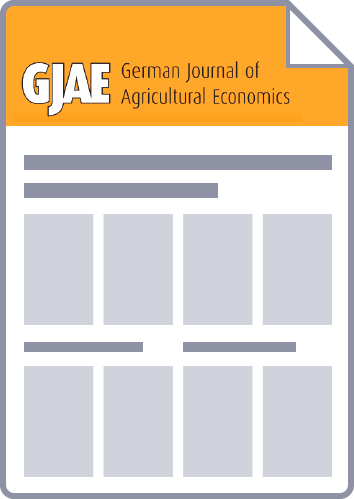The framework conditions surrounding agricultural production in Germany have changed dramatically due to the Renewable Energy Law (EEG) and a sustained increase in agricultural prices. The Common Agricultural Policy, substantially reformed in the Luxemburg Compromise, will be considered in the framework of the “Health Check”. Against this background, the regional developments anticipated in dairy production, beef cattle husbandry and agricultural land use by the year 2015 are analysed with the help of the regionalized agricultural sector model RAUMIS. Simulations on the adaptability of dairy production under different market conditions are carried out with regard to the expiration of the dairy quota regulation.
The farming intensity on arable land is generally increasing due to the increase in agricultural prices, the elimination of set aside obligation and the promotion of renewable resource crops. The increasing competitiveness of cash crops is speeding the departure of dairy production from arable crop areas into competitive grassland regions. In contrast, milk production is either constant or reduced on less competitive grassland locations. Among the regions reducing production are, according to the model results, low mountain ranges with high levels of grassland, for example in the Black Forest, in the Schwäbisch Alp, in the Hessian Mountain area in parts of the Eifel and parts of the Hunsrück.
In the course of the many decades of milk quota system, a significant milk production potential was deactivated which could play a large role when the quota regulations expire. Based on a calculated “milk equilibrium price” at which the quota amounts are exactly produced, a price increase of ten percent leads to a long term expansion of the milk produced by about six million tons. There is thus no reversal of the successive milk production reductions in the least competitive regions, not even through significantly higher direct payments distributed in the framework of the introduction of the “regional model” in grassland regions, since these are decoupled payments. Should this drop in milk production have negative consequences for other sectors, for example tourism, it is to question, whether specific measures should be developed for the affected regions.



